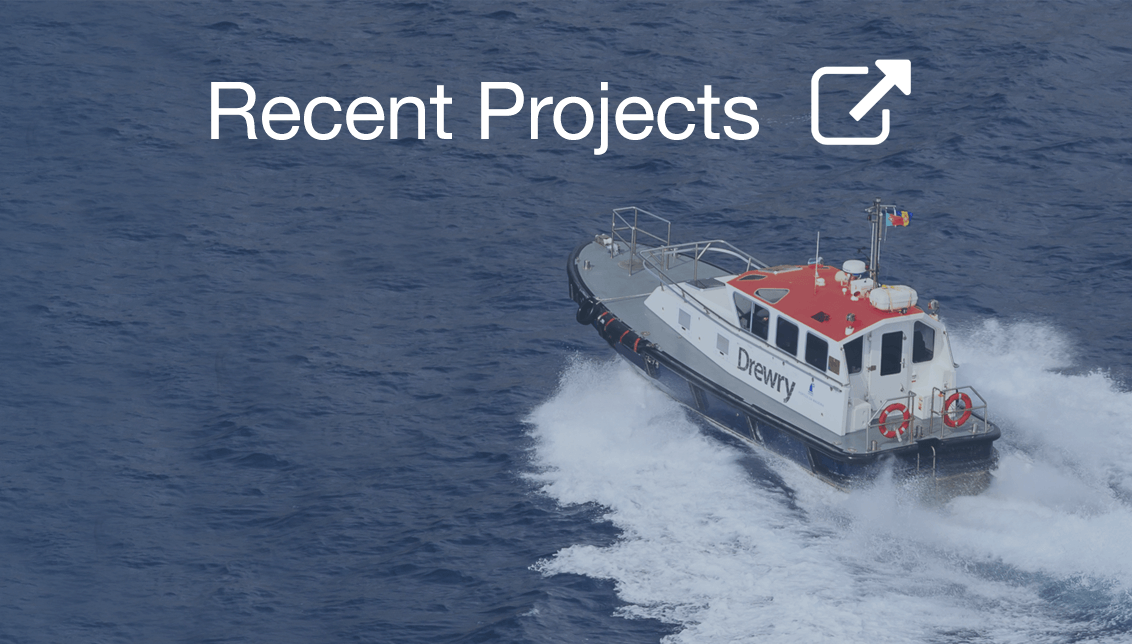Browse Products by Sector
Container ShippingContainer Equipment Assets
Ports and Terminals
Dry Bulk Shipping
Tanker Shipping
Gas Shipping
Specialised Shipping
Multimodal Transport
Logistics Management
Ship Operations and Management
Other popular areas
Browse subscriptions by Sector
Container ShippingPorts and Terminals
Dry Bulk Shipping
LPG Shipping
LNG Shipping
Crude Tanker Shipping
Product Tanker Shipping
Financial Advisory
Valuations
Drewry Financial Research Services Ltd is authorised by the UK Financial Conduct Authority (FCA).
Global demand prospects are improving, so why is the MPV market yet to see that upturn?
All the economics suggest that the MPV market should be doing much better than it actually is. Demand growth is steady and significantly higher than fleet supply growth, so why are owners still chasing rates? It is all about the competition.
Drewry has analysed the correlation between global general cargo growth and GDP growth at about 90%, considering the statistics over the last seven years. This is considered a strong relationship. Yet the significant slowdown in general cargo trade growth over 2017 clearly has other factors at play. The previous year recorded growth of 2.5% (compared to 2015) but this dropped to 1.2% for 2017 compared to 2016, as the sector was squeezed by significant container (5.4%) and bulk (3.8%) growth.
The IMF’s October report continues the positive trend set at the beginning of 2017. Economic activity continues to strengthen with global GDP for 2017 and 2018 up 0.1% to 3.6% and 3.7% respectively. Meanwhile, trade volume (goods and services) has also strengthened, with growth of 4.2% expected in 2017 and 4.0% in 2018.
Drewry’s expectations for global dry cargo demand to end 2019 are for an average 3% growth per year. Within this figure, our expectation for container growth remains very strong at over 4% and dry bulk at 2.5%. This slight easing from the competing sectors, means we believe general cargo volumes and the multipurpose share will improve over the next few years. Figure 1 details our expectation for non-containerised volumes within the general cargo market and the MPV share of the whole sector.
Figure 1: Estimated development of General cargo market (million tonnes)

Source: Drewry Maritime Research
Add to this the news that the Purchasing Managers’ Index (PMI) recorded global services output expanding for its hundredth successive month over November 2017. The PMI is one of the drivers for project cargo, if only because it gives a suggestion as to the future possibilities for this sector. Optimism is currently positive here, and this along with renewed investment should improve the sector in the medium term.
All of which leads us to a positive scenario for MPV market share growth at an average annual rate of 1% to end 2019.
But competition for non-containerised general cargo is aggressive and crosses a number of sectors. Multipurpose vessels, container ships, Handy bulk carriers, Ro-Ro and PCTC, can all bid for very similar cargoes, albeit not always the very same parcel. In particular, the containership fleet is getting two bites of the cherry with the continued containerisation of breakbulk commodities and the aggressive marketing of their ability to carry project cargo in flat racks or open-topped containers. Meanwhile, the Handy bulk carrier is ideally placed to carry larger parcels of breakbulk commodities such as steel and timber.
These extra vessels effectively overbalance the supply side of the market equation and keep rates low. Although Drewry expects both of the main competing sectors to see rates in their more traditional cargo base improve over 2018, it may take some time before they are strong enough to make the breakbulk / project cargo rates less attractive.
Figure 2 details our expectation of the development of the MPV fleet. We have split the fleet by lift capability, vessels with less than 100 tonnes combinable lift are simple MPV, whilst those with above 100 tonnes are classed as project carriers. It is clear that all the development is in the project carrier fleet, whilst the simple MPV (which are also the older vessels) are declining.
There are a large number of overage vessels with little or no lift capacity in this simple MPV fleet and they are competing with a whole host of small general cargo vessels or old bulk carriers for parcels of cheap breakbulk commodities. Until demolition prices or increased adherence to the latest IMO directives make these vessels financially unviable, they will continue to drag the market down.
However, on the plus side, our expectation of cargo demand growth is positive, and there is significantly more potential for the fleet supply to correct and rates to start improving in the second half of 2018.
More information on the topic is available in Drewry’s Multipurpose Shipping Market Review and Forecaster report.
Return to...
Related Content
© Copyright 2024 | Drewry Shipping Consultants Limited. All Rights Reserved. Website Terms of Use | Privacy Policy



